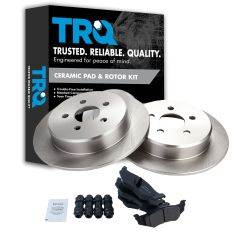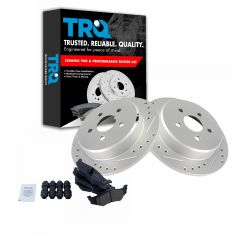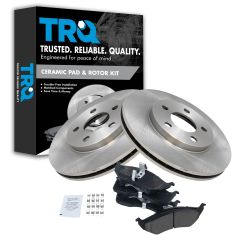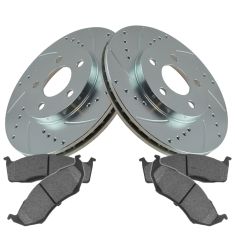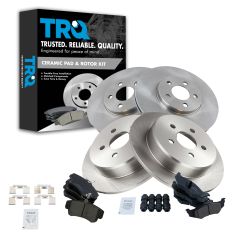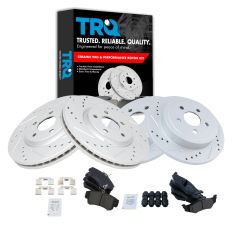1ABFS03032-Dodge Chrysler Plymouth Front & Rear Ceramic Brake Pads TRQ BFA13092
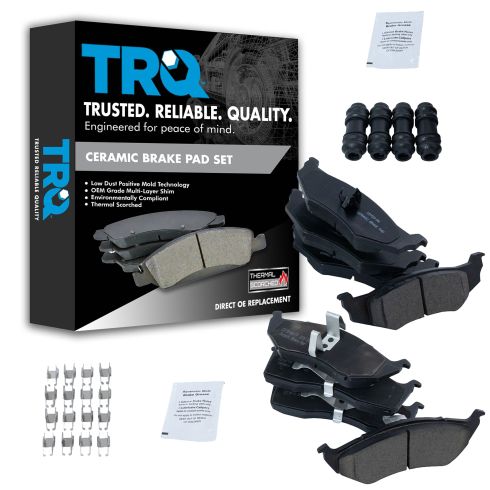
Replaces
2003 Dodge Neon SE Front & Rear Ceramic Brake Pads TRQ BFA13092

Product Reviews
Loading reviews
There are no reviews for this item.
Customer Q&A
No questions have been asked about this item.
Dodge is a registered trademark of FCA US LLC. 1A Auto is not affiliated with or sponsored by Dodge or FCA US LLC.
See all trademarks.







